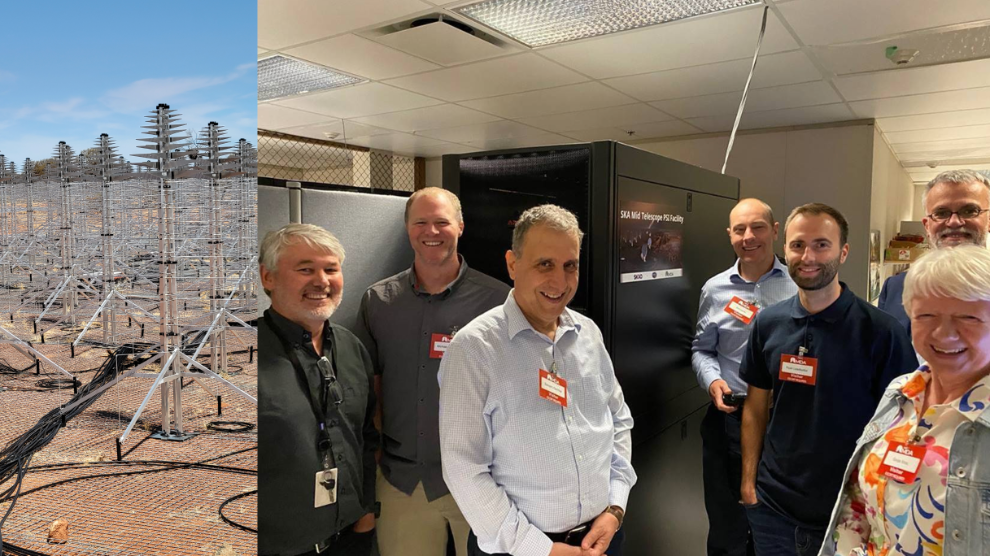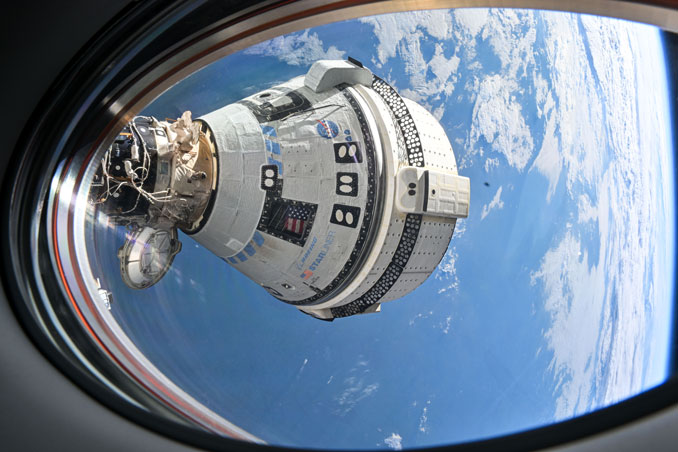The Atacama Large Millimeter/submillimeter Array (ALMA) has just received a “heart transplant,” high in the Atacama Desert in Northern Chile. ALMA, the most complex astronomical observatory ever built on Earth, installed a new hydrogen maser. This upgrade marks an essential investment, setting a new standard in reliability for observations.
A maser is an advanced atomic clock that uses the properties of the hydrogen atom to provide an extremely precise and stable frequency reference. This precision is crucial for Very Long Baseline Interferometry (VLBI) observations, enabling the synchronization of cosmic signals received by networks of telescopes spread across the globe. A brief but fascinating video brings together many voices across the international ALMA team to share the process of the replacement and its importance.
The new maser, now the heartbeat of ALMA’s operations, ensures a high level of accuracy essential for detailed explorations of the universe. ALMA is a cornerstone of international astronomy as part of the Event Horizon Telescope, and other Very Long Baseline Interferometry studies, most famously revealing the first image of black hole M87* and Sagittarius A*, at the center of our own Milky Way galaxy.
The integration of the new maser into the ALMA Array was aided by the Massachusetts Institute of Technology Haystack Observatory. The original maser remains operating as a backup, strengthening ALMA’s resilience against potential system failures and ensuring reliable, continuous astronomical research. This upgrade solidifies ALMA’s position at the forefront of astronomical research, enabling astronomers to uncover more mysteries of the universe with greater accuracy and reliability.
Provided by
National Radio Astronomy Observatory
Citation:
ALMA gets a new hydrogen maser (2024, February 7)
retrieved 7 February 2024
from
This document is subject to copyright. Apart from any fair dealing for the purpose of private study or research, no
part may be reproduced without the written permission. The content is provided for information purposes only.




